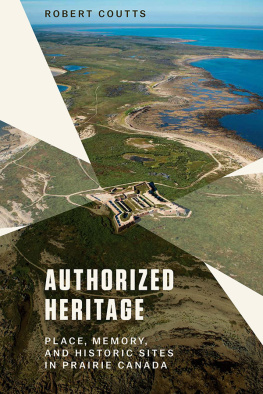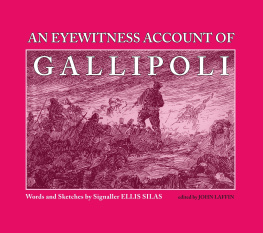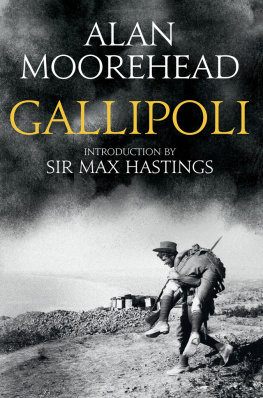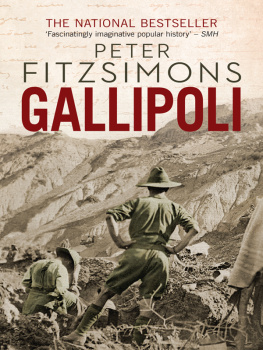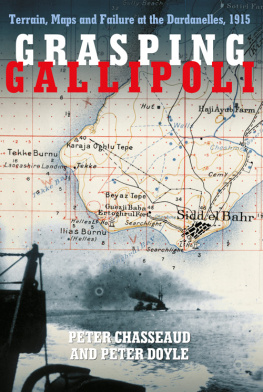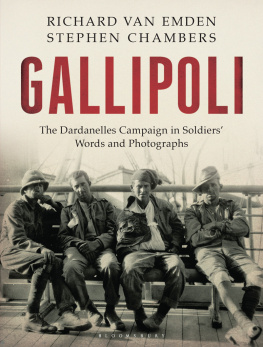
Divided Spaces, Contested Pasts
The Gallipoli peninsula in Turkey was the site of one of the most tragic and memorable battles of the twentieth century, with the Turks fighting the ANZAC (Australian New Zealand Army Corps) and soldiers from fifteen other countries.
This book explores the history of its landscape, its people, and its heritage, from the day that the defeated Allied troops of World War One evacuated the peninsula in January 1916 to the present. It examines how the wartime heritage of this region, both tangible and intangible, is currently being redefined by the Turkish state to bring more of a faith-based approach to the secularist narratives about the origins of the country. It provides a timely and fascinating look at what has happened in the last century to a landscape that was devastated and emptied of its inhabitants at the end of World War One, how it recovered, and why this geography continues to be a site of contested heritage.
This book will be a key text for scholars of cultural and historical geography, Ottoman and World War One archaeology, architectural history, commemorative and conflict studies, European military history, critical heritage studies, politics, and international relations.
Lucienne Thys-enocak is a professor of cultural heritage management, museum studies, and architectural history in the Department of Archaeology and the History of Art at Ko University in Istanbul, where she has been teaching for 25 years. She has worked on several heritage projects in the Gallipoli region since 1997 and was the co-director of the team which began the documentation of archaeological and conservation research at the Ottoman fortress at Seddlbahir, located on the Gallipoli peninsula at Cape Helles. In addition to the cultural heritage of the Gallipoli peninsula, Thys-enocak has published on the architectural patronage of Ottoman royal women, and the heritage of viticulture in Anatolia. She currently advises the anakkale Wars and Gallipoli Historic Region Directorate for the restoration and museum project at Seddlbahir, which is expected to be completed and open to the public in 2019. She is a member of the International Council of Monuments and Sites (ICOMOS) in Turkey.
Divided Spaces, Contested Pasts
The Heritage of the Gallipoli Peninsula
Lucienne Thys-enocak
First published 2019
by Routledge
2 Park Square, Milton Park, Abingdon, Oxon OX14 4RN
and by Routledge
711 Third Avenue, New York, NY 10017
Routledge is an imprint of the Taylor & Francis Group, an informa business
2019 Lucienne Thys-enocak
The right of Lucienne Thys-Senocak to be identified as author of this work has been asserted by her in accordance with sections 77 and 78 of the Copyright, Designs and Patents Act 1988.
All rights reserved. No part of this book may be reprinted or reproduced or utilised in any form or by any electronic, mechanical, or other means, now known or hereafter invented, including photocopying and recording, or in any information storage or retrieval system, without permission in writing from the publishers.
Trademark notice : Product or corporate names may be trademarks or registered trademarks, and are used only for identification and explanation without intent to infringe.
British Library Cataloguing-in-Publication Data
A catalogue record for this book is available from the British Library
Library of Congress Cataloging-in-Publication Data
A catalog record for this book has been requested
ISBN: 978-1-4724-1446-5 (hbk)
ISBN: 978-1-315-57775-3 (ebk)
Typeset in Times New Roman
by Florence Production Ltd, Stoodleigh, Devon, UK
For my family
- Figures
- 0.1 Satellite map of the Gallipoli peninsula and surrounding area, 21 March 2006
- 0.2 Detail of engraving of Gallipoli Peninsula, Carte l'Hellespont , Choiseul-Gouffier, 1789
- 0.3 Gallipoli Peninsula. Detail of Ottoman map showing 25 April 1915 landing points
- 0.4 Front page map of the Gallipoli peninsula during World War One showing British and French positions from the Graphic
I began writing this book in 2012, but in many ways, it represents twenty years of engagement with the Gallipoli Peninsula. Since 1997, the year I started researching the Ottoman fortress of Seddlbahir in the Cape Helles section of the peninsula, I have learned a great deal about this landscape and its heritage from many who live in the Gallipoli region and/or work on different aspects of its past and present. No one I have met or worked with is neutral about Gallipoli. It is a place which has relatively unexplored archaeological layers, and an intensively investigated identity as a battlefield of World War One. As a site of wartime tragedy, and epic military failures and successes, the Gallipoli Peninsula continues to inspire those who encounter it to remember and honor the many lives that were lost there. Particularly since the end of World War One, commemorative actions have so often been expressed as architectural projects. As an architectural historian involved in the preservation of tangible heritage, I found that the buildings Ottoman and those from more recent timeswere what first captivated my interest in Gallipoli. Now, however, these are cause for concern. The past century has seen so much of the landscape of the Gallipoli Peninsula marked by architectural projects, commemorative and otherwise. However well-intentioned, these projects are rapidly transforming the landscape of this region, often before what is lost can be documented. Landscapes, like all elements of heritage, tangible and intangible, are always changing and represent a complex web of interactions between humans and nature. The challenge for all who are passionate about Gallipoli, then, is to steward it carefully through the next century. I thank here everyone with whom I work and share the goals of mindful stewardship of this unique cultural landscape.
That responsibility is now officially in the hands of the current administrators of the Gallipoli Peninsula: the anakkale Wars and Gallipoli Historic Region Directorate, or ATAB. I thank the past and present directors, Mehmet Grkan and smail Kademir, respectively, for inviting me to participate in many of the strategic planning workshops for the Gallipoli Peninsula from 20142017. Particular thanks go to the dynamic team from ATAB who are restoring the fortress of Seddlbahir, and to my colleagues from Istanbul Technical University with whom I have worked for so many years at that site: Rahmi N. elik, Glsn Tanyeli, and Arzu zsavac. I would also like to express my gratitude to many of the faculty and students at Ko University who have listened to my ideas about Gallipoli take shape over the past two decades, and have shared theirs with me. Carolyn Aslan kindly provided her important insights and experience about the archaeology of the Gallipoli Peninsula; Gizem Drter helped compile the chart of archaeologists working on the Gallipoli peninsula; Bengi Atun assisted by organizing notes from ATAB workshops. Elifgl Doan made several of the maps; Furkan nan and Edip Glba helped with photography and archival research.



